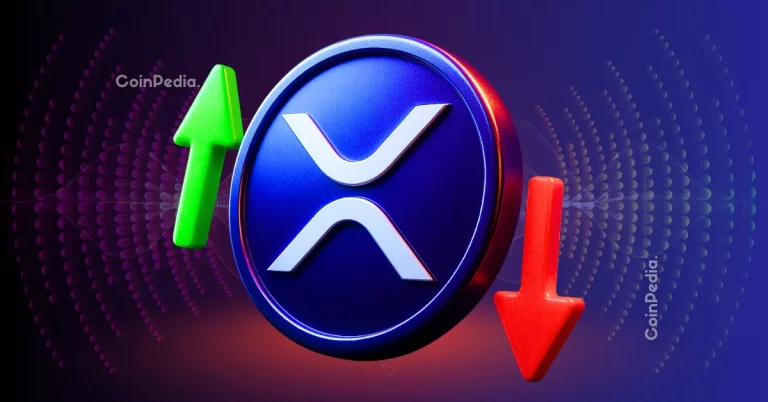
The New Era of Bitcoin: From Niche Asset to Financial Cornerstone
Bitcoin has undergone a transformative journey—once seen as a speculative asset, it is now at the heart of global finance. The question today is no longer if Bitcoin will matter, but how it will play a central role in the global financial system. Spot ETFs, macroeconomic shifts, and its increasing utility are shaping Bitcoin’s new price roadmap.
Spot ETFs: A Game-Changer for Institutional Investment
The recent approval of Spot Bitcoin ETFs has brought a seismic shift to the market. These ETFs not only simplify Bitcoin investments but also open the doors to institutional investors who were previously sidelined. Products such as BlackRock’s Bitcoin ETF have already attracted significant capital, reinforcing Bitcoin’s image as a mainstream financial asset.
ETFs are more than just an entry point for long-term investors. They are also a form of validation for Bitcoin, marking it as a legitimate choice for retirement funds, family offices, and institutional portfolios. This acceptance fosters price stability, deepens liquidity, and creates new opportunities for widespread adoption.
Macro Factors Driving Bitcoin’s Price
Bitcoin’s valuation is intrinsically linked to macroeconomic trends. Central bank policies, global liquidity conditions, and geopolitical uncertainties all play a critical role. As global monetary policies shift, Bitcoin stands as a non-sovereign hedge against currency debasement. According to Monty C. M. Metzger, founder of LCX, “Bitcoin is emerging as a neutral global reserve asset as the global currency war intensifies.”
Moreover, Bitcoin’s sensitivity to Federal Reserve policies demonstrates its integration into broader financial markets. For instance, easing interest rates have the potential to spur Bitcoin’s price upward, with projections suggesting it could stabilize around $120K–$125K by the end of the year if current trends continue.
The Lightning Network: Fueling Bitcoin’s Usability
Beyond its role as a store of value, Bitcoin is expanding its utility, thanks to the growth of the Lightning Network. This Layer 2 scaling solution allows for instantaneous, low-cost transactions, enabling Bitcoin to be a viable global medium of exchange. Such developments signal that Bitcoin’s utility extends far beyond its price, integrating deeply into financial systems worldwide.
For those looking to explore self-custody options, products like Trezor Wallet offer a secure way to manage Bitcoin holdings while maintaining complete control over assets.
The Risks: Centralization and User Security
As Bitcoin grows in adoption, the risk of over-relying on centralized custodians increases. Retail investors are often drawn to ETFs and exchanges for their convenience. However, experts emphasize the importance of balancing accessibility with self-custody to preserve Bitcoin’s decentralization and resilience.
Products like hardware wallets and platforms prioritizing Proof-of-Reserves (PoR) transparency are vital for bridging trust gaps, especially as the Bitcoin ecosystem matures. These tools ensure that security and usability evolve hand-in-hand.
Conclusion: The Roadmap Ahead
Bitcoin’s future is being shaped by institutional investment, macroeconomic trends, and technological innovations like the Lightning Network. With Spot ETFs acting as a catalyst for stable inflows and usability at the forefront of network evolution, the world is witnessing the emergence of Bitcoin as the neutral global reserve asset for a new financial era. As adoption deepens, keeping security and usability in focus will remain paramount for long-term growth and stability.





